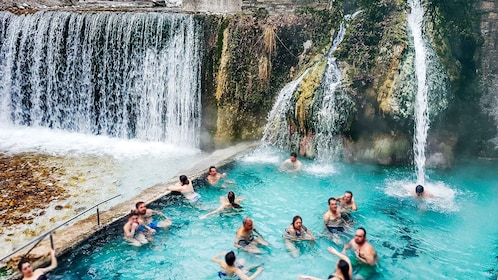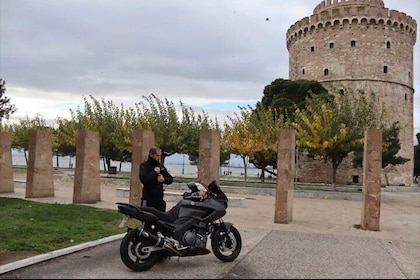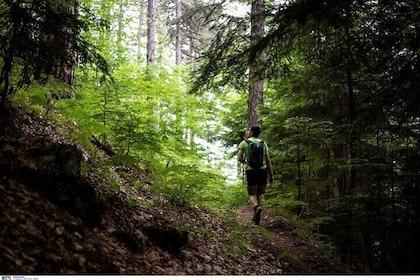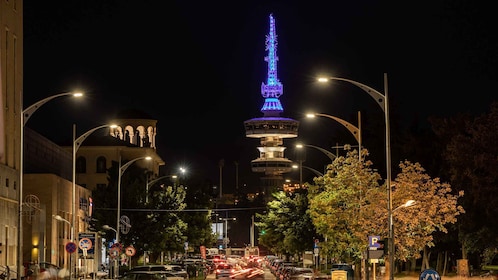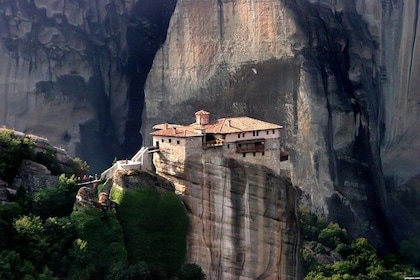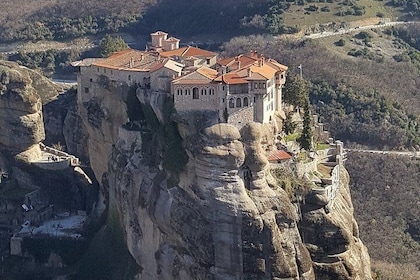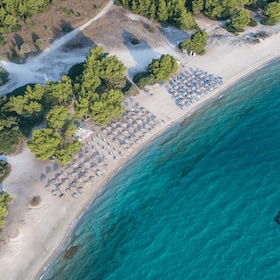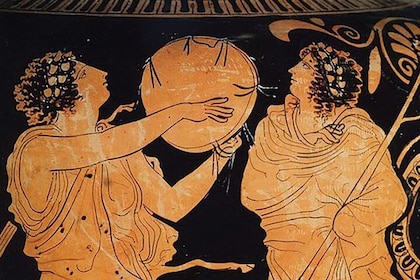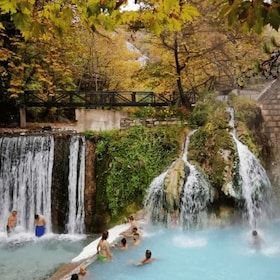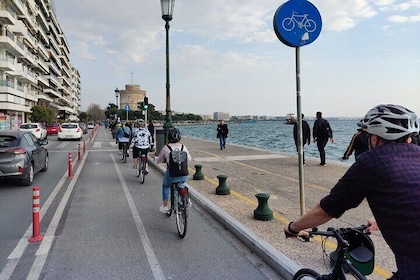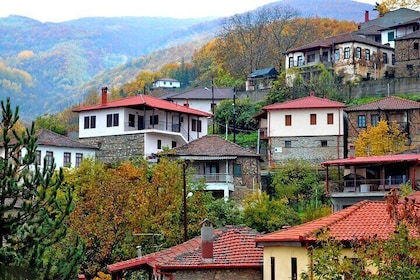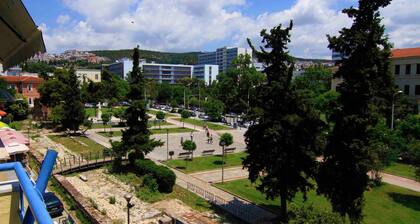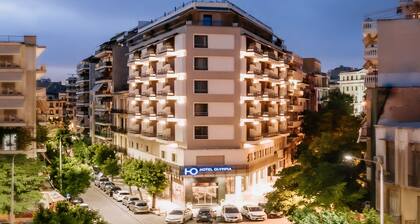Despite being one of the oldest surviving buildings in Thessaloniki, the UNESCO-listed Rotunda of St. George, also known as the Rotunda of Galerius, is remarkably well preserved. Visit the rotunda, which now serves as a museum, to learn about local history and to admire the remnants of intricate mosaics and murals inside.
Few monuments can illustrate Thessaloniki’s rich history as well as this impressive rotunda. Before venturing inside, pause and take a moment to ponder its fascinating history. The domed, circular-shaped monument was originally constructed in the 4th century and was most likely intended to serve as a mausoleum for Emperor Galerius.
Toward the end of the 4th century, Emperor Theodosius the Great converted the rotunda into a Christian church. Enter the interior to see remnants of the various mosaics, many of which were added during the transformation. Among the most remarkable compositions was the mosaic that would have once adorned the dome. Though it has been almost entirely lost, the surviving underdrawing shows that it would have depicted Christ, dressed in purple and holding a cross.
Below the dome are sandaled feet, the only vestiges of sculptures, which are thought to have once depicted apostles and angels. Look below the cupola to find images of angels, martyrs and saints, which can still be made out. Many historians believe the rotunda was used for worship of martyrs and saints’ relics.
During the Turkish occupation, beginning in the 15th century, the church was converted into a mosque. Head back outside the rotunda to view the minaret, which was added by the Ottomans in 1591. When Thessaloniki was liberated from the Ottoman Empire in 1912, the rotunda was converted back into a Christian church. It now serves as a museum.
Wander around the grounds outside the rotunda, where scattered marble fragments, tombstones and slabs from the old church can still be seen.
Find the Rotunda of St. George beside the ancient Arch of Galerius in central Thessaloniki. The rotunda is open to visitors between Tuesday and Sunday, and a small fee is charged to access the interior.




